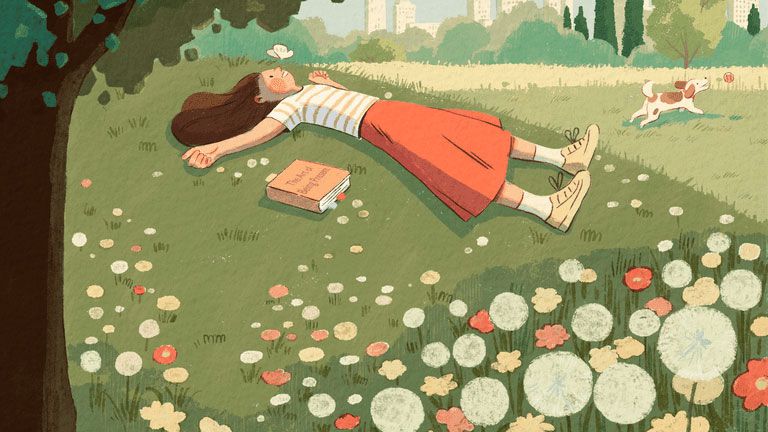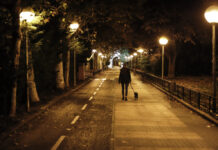Treats in training are wonderful things, right? They’re what makes our dogs work the way we want them to – and it’s what positive reinforcement is based upon. But how do we reduce the amount of treats we dole out?
I get a couple of questions very often and this piece is rather to answer those, and let you know how to do it without losing training or for your voice to fall on deaf ears.
Am I going to have to carry treats forever?
No, no, you don’t. is the short answer there. And I will show you how to do that in this video.
Or the other one I often get asked is…
Please note!
This post has been mainly AI Generated from the video below! If you notice any weird phrasing?
Ping me an email and let me know, because I clearly missed it when editing!
Why did my puppy stop listening to me?
Now there’s a few reasons that puppy can’t stop listening. But usually 99% of the time in my experience, it’s actually the case that puppy stops listening. Because we’ve expected too much our expectations too high. And our treats or too little we thought the process was further along than it
That’s what we’re going to be chatting about in this post.
We’re going to be talking about treat training and how we can decrease the number of treats that we use over time because we know that training is always a process.
Why Do We Use Treats In Dog Training?
First thing is, I want to talk about why we use treats, we use treats in training to ensure our pup understands that they’ve done well, that they have done what we’ve asked them to do. And to encourage them to do that, again, that listening to us is the most rewarding thing and that it is consistently the most rewarding thing.
So there’s, there’s kind of one of these phrases that you know, consistency is king, one. And what’s rewarded gets repeated to, okay, so that means that as we train, we tend to give a lot of rewards.
I will specify rewards for a second, because I’ll talk about that, in a moment. We give a lot of rewards to ensure that our dog or puppy is going to repeat the behaviour that we’ve asked them to do. And that the behaviour that we are asking them to do is more rewarding, more consistently than the thing that they want to do.
Reminder! Rewards Don’t Have To Be Treats
rewards can be:
- play,
- praise,
- Tummy scratches, head rubs
- Scents,
- Real life rewards
I’ve Gotten It Wrong Too
I’m totally free to admit this because I mean, training trainings an art, right, it’s an art form, you get it wrong, there is a certain element of science to it.
You are dealing with a living, breathing being and things change day to day. So for example, my my example of getting this wrong.
Shelby and Lucy are Coonhounds.
There’s this little part of me that knows that any Coonhound owner or anyone who’s dealt with Coonhound will just sort of know what I’m going to say without me having to go any further than saying their Coonhounds.
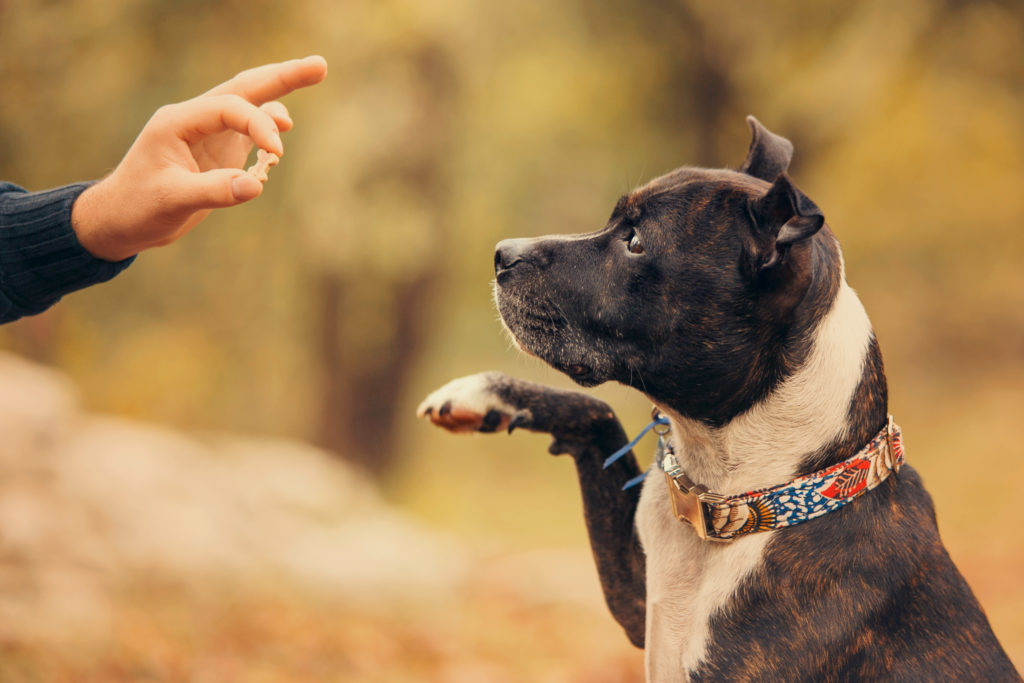
But for those of you don’t know, Coonhounds they are incredibly Hight Drive hunting dogs, they are built (and I mean built) to work on their own or with another dog.
They are not built necessarily to listen to a human.
So that becomes quite a tough thing, especially for me when I’m used to Indie laying down back there. I’m not sure if you can see him. I’m used to him who is built to listen and do as I ask.
So when I’ve got these aloof, free-thinking dogs, it’s quite a shock to my system.
Consequently, they need more reinforcement to be convinced to do as I’m asking them to do consistently.
I’ve been teaching them free call recall is like fundamental to me and it irritates the bejesus out of me that I can’t take the two of them out on late like off lead. Because I know how much fun they’d have.
But because they won’t come back.
It’s just a no no. We’ve been practicing it in the yard where they do have free space to run around. They’ve got a whole acre that’s perfectly fenced and perfectly secure. Well, it’s secure at least 99% of the time, when deer or trees are involved. I’ve been practising the recall we have been doing phenomenally.
At this stage, and we’ve gotten to the point that I can literally walk out the door or slide down a window, and they only need that as the cue to go, “Oh, mom wants me, let’s go back”.
And then they’d come in, and then they get their treats, which would be typically hotdogs and cheese (we’ll get to value in a second). They’d come back and they were coming back. Every time.
Then… I got arrogant, I got complacent. And I sort of went, Okay, we can cut the treats down.
I stopped giving treats as much when the bag ran out, because I thought, “Oh, that’ll do.”
Spoiler alert? Recall went straight out of the window.
And we started from like a whole new recall, all over again.
Great, right?
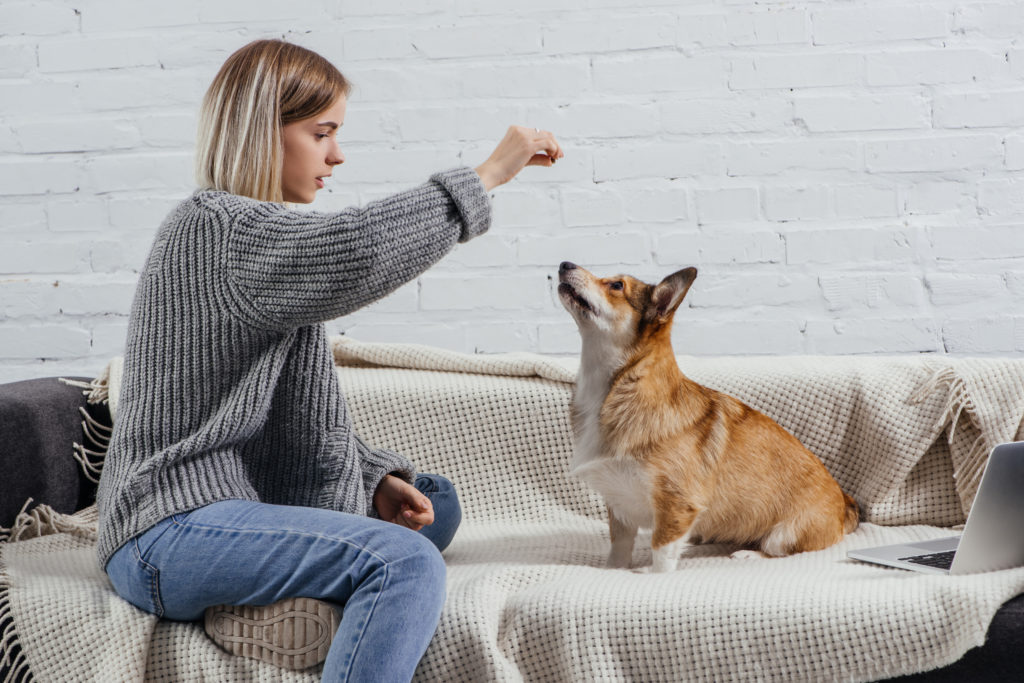

Treats And Their Relative Value
High value and low value treats. Treats are relative, right?
So different dogs find different things like more high value or more low value than others. So a really good example of this is Indie and Lucy.
Indie is raw fed. He’s been raw fed since he was like four months old. And my theory is that as a consequence, biscuits are really high value to him, because he doesn’t ever really get biscuits other than his treats.
Consequently, kibble despite being what most dogs deem is uninteresting, and boring is incredibly high on Indie’s treats.
Lucy, shockingly, kibble is not very highly ranked on her list of rewards. She’d snag the meat or the liver long before she resorted to kibble.
For different dogs have different scales of what they enjoy, and what they’ve they, they will find the most rewarding in within the treats category.
If you want to get really complicated, you can you can fill around toys and praise and figure out where they stack in amongst the treats.
Figuring the way
If you know the relative value of treats for your dog, you will know that what they’re going to work for best, and what they’re not.
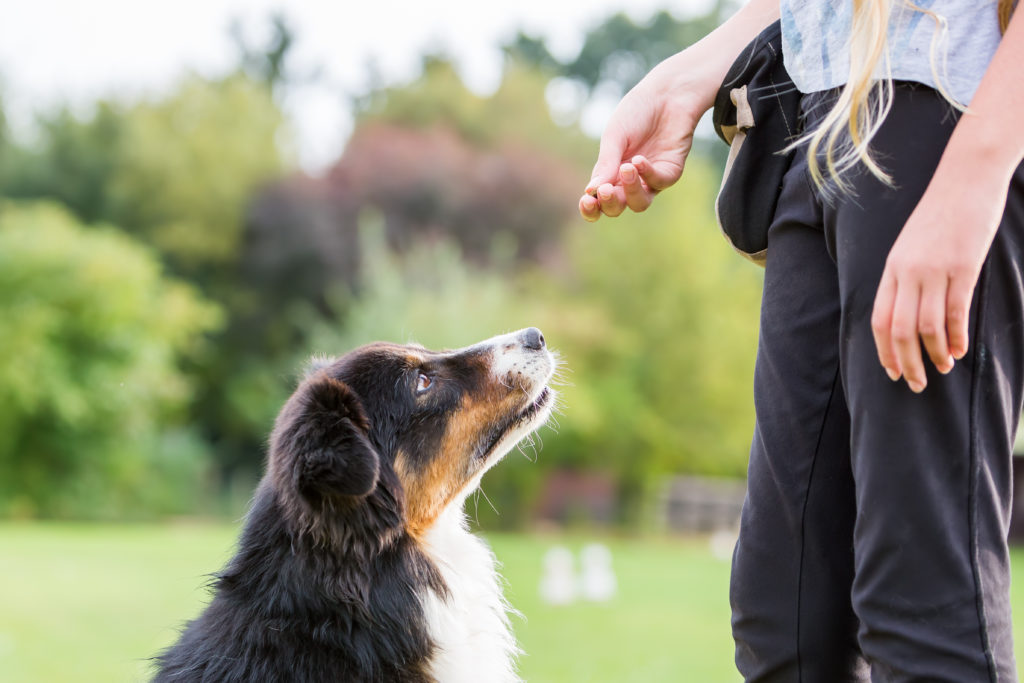

The Real Goal… Is Reliability.
This is the goal. In order to decrease the amount of treats we dish our during training, we need to achieve reliability.
We want a reliable dog to listen to us whether we have treats in our hand or not. Having gotten dogs there, I know. I know how to start I know what we need to do.
One of those things is to increase the level to which they can deal with distraction duration and distance these three things, I refer to them as the three D‘s – we dog trainers use these to ‘proof’ a behaviour, which essentially means that we achieve reliability.
You slowly increase these vs one another, and then we begin to wind them together to make our training just as strong as it can be.
The Next Step
We asked them to work harder, for less.
So this in this instance, we can actually start weaning them off of traits to make them work harder for less. (which was where we started!) and how we do that is a knowing our value scale of traits.
Interspersing treats
If we know what value those traits hold for dogs, we can start say intersperse interspersing treats, and interspersing I would then sort of have a bag of and like pick a ratio do say pick three things taken all a high value ratio of like, two parts their favourite treat one part, their second favourite tree. So that makes sense.
Then, when they come back when they do do their recall, when they do sit at a curb, or when they they do do exactly what you asked them to do when you’re asking them to do it like a perfect heel around the corner, or whatever.
Your dog won’t know if they’re going to get their favourite or second favourite! That little element of randomness will still keep them motivated to do exactly what you’re asking them to do.It won’t become a real shock of, “Well, I’m no longer getting rewarded for this, I’m no longer doing it“.
Does that make sense?
Essentially, what we’re trying to do is take down the steps make the steps smaller, so that we do set up for success.
We’re weaning them off is essentially what we’re doing. Okay, so then you essentially go, well, now I’m going to do 50% Cheese 50% Chicken, then you change it again. Then you could possibly take out 25% of the cheese and put in the third rank and just slowly work and down the scale essentially. And then the second thing you can do, I suppose remain sometimes, but you know, I mean, I treat fairly heavily anyway, to ensure behaviours start working.
Ask For More Work for Less Reward!
As you wean them off, then you start asking for more for what they’re doing.
For example, if they do a recall, you ask them to recall, then sit, or you asking for a recall, or sit them down. And if you can add in these things, and make them work harder for the same amount of reward, that’s a good thing.
This will help to increase their focus. I means that the treat becomes they’re expecting less from, which is great, because it leads to the scenario where we can decrease the amount of trees that we take out, which is go here, right?
So then when you do that, you can start bringing the number down, down and down. So like you can get free recalls out of no trade. And then on the fourth one, your trade, I would make sure that there’s some element of randomness in that so that they can’t predict.
Predictability
Because dogs are smart, unfortunately, and I I’ve been a real, I’ve often said that, the reason a lot of time that training fails, and I will be the first to admit this is that my dog is smarter than me. And I swear that’s the case that the dogs just actually outsmarted you, and you just need to find a new way around the problem to find that and find the right breed.
And it’s funny one, isn’t it dogs, dogs are terribly smart. So if you start doing like every second recall, they get a treat, they’re going to stop listening on the alternate ones, because they’re too freakin’ smart for their own good sometimes. So watch out for that do put do make sure if you are like doing red light, a lower ratio of treats per per cue, then make it random. Don’t always ask them for the same pattern.
Don’t always ask for the same number of things, because they will just go into a pattern of recall, don’t recall, recall, don’t recall. And then you’re going to get frustrated and then it won’t work.
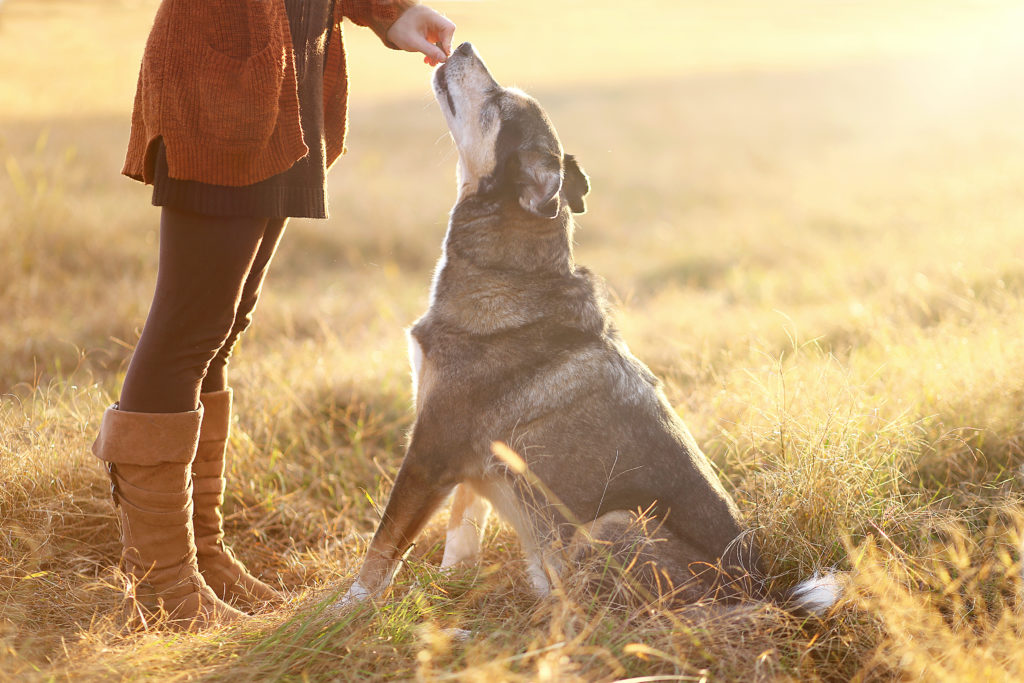

So, Let’s Ask Again…
Why did my puppy stop listening to you?
Will you have to carry treats forever?
Once you’ve proofed the behaviour, you can definitely reduce. But I would truly encourage you to carry some treats – because whilst carrying none sounds ideal – treats can give you a get out of jail free card if you do get into trouble!
My Big Tip!
I want to give you a really quick tip, my one of my favourite tips!
You can increase the value of a reward. So even if it is something that’s really basic treat like a cookie, you can make that cookie more valuable by turning that treat into a game.
Introducing find it.
You take a cookie or biscuit, or whatever treat you have, and you start enticing their natural hunter!
Essentially I will take a piece of whatever I’ve got and, and I will just go “Indie, Find it!”, and then I will throw it to the floor.
Initially I make this easier whilst they learn the cue, then we make it a little tougher!
Then Indie’s gonna go snuffling around and find it in amongst the glass or on the floor, or wherever it is, I am taking a piece of cookier whatever. I’m turning it into a game.
A rush of endorphins is the sniffing around for it. And we all know, well, we know that dogs enjoy sniffing, that it releases happy hormones that make your dog that essentially hack your dog’s chemical, internal systems, and go be happy.
One treat becomes a game, a rush of endorphins for this, then the secondary rush of finding the reward!
With that!
You know how to use your treats, how to decrease the number of treats you’re using but consistently get the same results as when you’re using treats!
It’s totally doable. You just need to work on it and create a reliable response before decreasing the treats slowly.
If you notice any regression? Then step it back up!
If you need any help in raising your puppy, why not check out Pupdates! They’re there to support you and your puppy in your journey to becoming a great dog and make sure you get there.


Author, Ali Smith
Ali Smith is the Positive Puppy Expert, dog trainer and is the founder of Rebarkable. She is passionate about helping puppy parents get things right, right from the start. To help create a puppy capable of being a confident and adaptable family member and keep puppies out of shelters.
Ali has won multiple awards for her dog training, and has had her blog (this blog!) rated as 2021’s worlds’ best pet blog!
!function(f,b,e,v,n,t,s)
{if(f.fbq)return;n=f.fbq=function(){n.callMethod?
n.callMethod.apply(n,arguments):n.queue.push(arguments)};
if(!f._fbq)f._fbq=n;n.push=n;n.loaded=!0;n.version=’2.0′;
n.queue=[];t=b.createElement(e);t.async=!0;
t.src=v;s=b.getElementsByTagName(e)[0];
s.parentNode.insertBefore(t,s)}(window, document,’script’,
‘https://connect.facebook.net/en_US/fbevents.js’);
fbq(‘init’, ‘485567189124299’);
fbq(‘track’, ‘PageView’);


